Eagles and ospreys are resurgent. Here's the darker side of NJ's bird story
Birders have celebrated a recent resurgence in New Jersey's population of such iconic species as bald eagles, ospreys and peregrine falcons. But overall bird populations continue to decline, for a variety of reasons.
And with the start of the annual beach season, one endangered species in particular is put even more at risk: the piping plover. Crowding of beaches, among other factors, has put these birds at risk of extinction.
As a result, the state Department of Environmental Protection recently reminded the public that Horseshoe Island off the coast of Brigantine will be closed to the public through Sept. 30. The seasonal restriction provides thousands of birds the chance to use the inlet island for nesting, migrating and roosting.
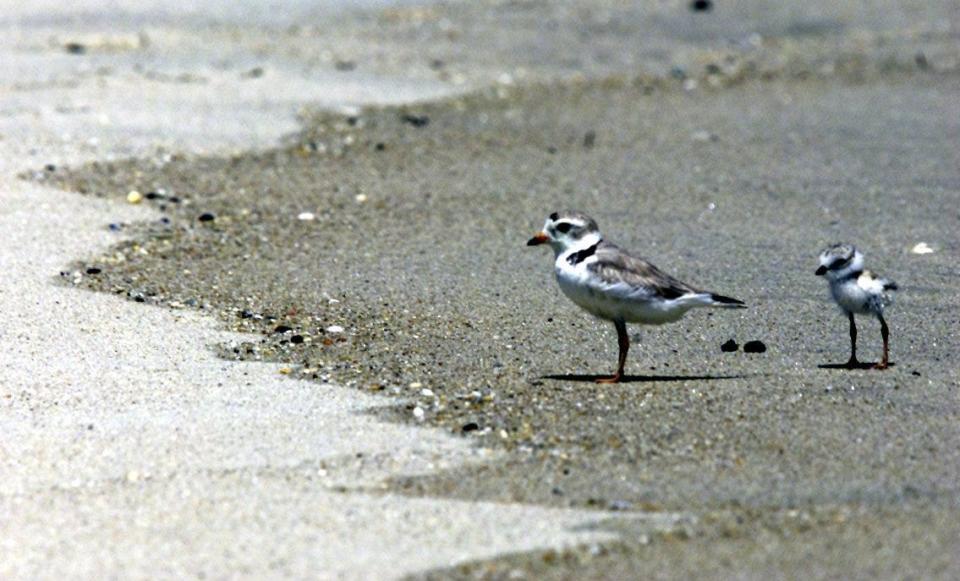
In addition to piping plover, the restriction on human activity has helped such avian species as red knot, black skimmer, least tern, common tern and American oystercatcher, the DEP said.
Across the nation, bird populations are declining. Since 1970, about 3 billion birds have been lost in the United States, a drop of 29% in the population. New Jersey is no exception. According to the DEP, 20 species of birds are considered endangered and an additional 14 species are considered threatened. Five species once found in New Jersey have gone completely extinct.
“There’s like 91 species of birds that are on the brink in New Jersey,” said Don Torino, president of the Bergen County Audubon Society.
Birds that are most at risk of extinction in the Garden State include the golden-winged warbler, least tern, piping plover and black skimmer.
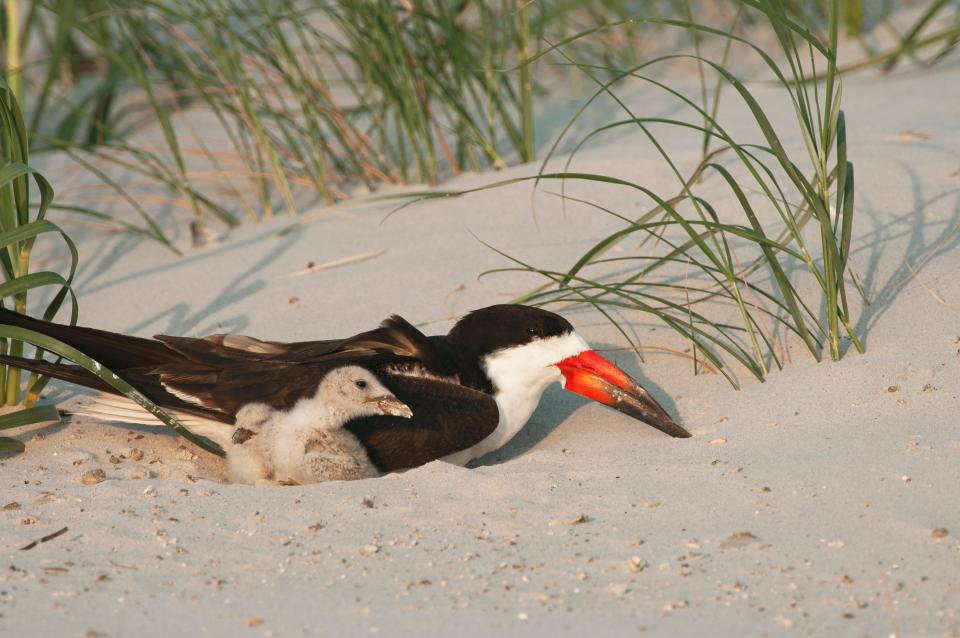
New Jersey historically has been the home of over 400 species of birds due to its plethora of different natural habitats. The annual World Series of Birding, arguably the most famous birding competition, takes place in New Jersey because of this biodiversity. However, this is changing.
“Right here, you have the Meadowlands, you have some of the highlands that are in Bergen County, you have the Hudson River, the Hackensack River," Torino said. "You could go from Cape May to High Point in 24 hours and see an incredible amount of bird species, but you know, a lot of those species are changing and disappearing.”
Threats from pesticides to habitat loss
Birds are threatened by a wide variety of factors, including pesticides, disease and climate change. In New Jersey, one of the biggest factors is habitat loss. This is particularly prominent because of the dense population and the steep price of land. It is difficult to set aside land for preservation because the state and conservationists often can’t match the price a developer is willing to pay.
Communities also cannot raise as much tax revenue from conserved land as they can from developed land.
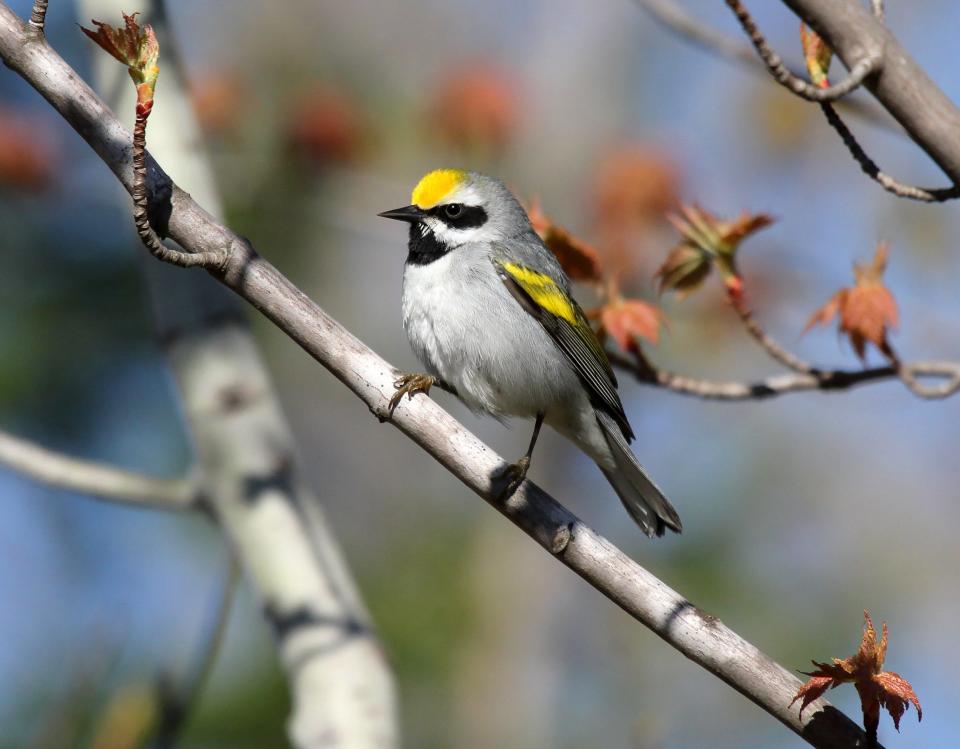
Land also is not typically left alone for vegetation to complete ecological succession, a disastrous reality for birds that depend on habitats created in different stages. For example, the golden-winged warbler, which is critically endangered, lives in abandoned farmlands that were originally fields or forests. Golden-winged warblers occupy this habitat in the eight to 15 years after abandonment, during which low shrubs and plants grow back.
More: 'We need more trees, not less': Plan for Overpeck great lawn draws residents' ire
More: What's behind the unknown disease killing birds in New Jersey?
“The habitat is perfect for golden-winged warblers, and that just doesn’t happen very much in New Jersey," said John Smallwood, an ornithologist at Montclair State University. "Part of the reason for that is land is so expensive people can’t afford to just let it sit and do that.”
Decline in insects means loss of birds
A decline in the population of insects, due in part to pesticide use, has also affected birds. Many birds eat insects to survive. For example, the American kestrel, which is a nationally threatened species, used to have a diet that was 75% large insects, Smallwood said. However, with the loss of so many insects, some species of birds have struggled and have shifted to eating other birds and mammals.
Environmentally conscious development plans and managing spaces with sustainability in mind can help birds recover. Ensuring that suitable habitats stay connected to each other is critical, experts say.
“Animals do need corridors to be able to move from one place to the next," Smallwood said. "In terms of land acquisitions, organizations like Nature Conservancy, they're very, very much aware of it. They try to acquire lands that link up other patches" of suitable habitat.
Birds occupy very specific habitats. Planning new developments with this in mind is important, experts say. Many bird species will not find somewhere else to live if their habitat is destroyed. Preserving at least part of this habitat when developing land could significantly help birds.
More: From dumps to doves, how cleanup efforts transformed the Meadowlands into a bird sanctuary
More: Spring is here, and so are some early arriving migratory birds
“There is no somewhere else. This is it," said Torino. "I think we totally need to rethink what we think a park is. You know, if you have a tennis court, if you have a playground, that’s fine, but you should restore habitat around it. Create a butterfly garden around it; create a pollinator garden around it.”
Meadowlands success story
Conservation efforts, like those taking place in the Meadowlands area, have significantly helped endangered populations of birds recover, said Terry Doss, co-director of the Meadowlands Research and Restoration Institute. In the 1960s, before conservation efforts in this area, conditions were difficult for birds, and only seagulls could be found in the area.
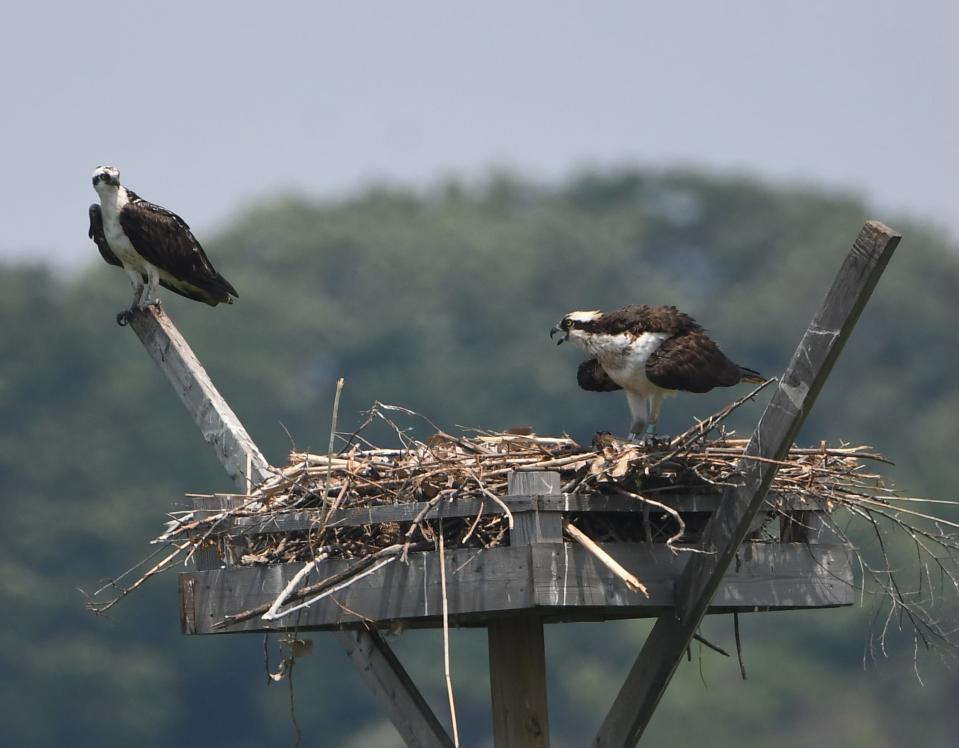
Improved water and air regulations, better land use, and preservation and restoration projects by the state have caused a sharp increase in biodiversity and bird populations.
Endangered species that had completely left New Jersey, such as peregrine falcons, and other birds that previously wouldn’t be found in the Meadowlands, including ospreys and bald eagles, are now thriving.
“The osprey, for instance — 2006 was the first time we found them nesting here in the Meadowlands," Doss said. "This year, for the first time, we're over 16 nests for osprey. And those are direct effects from our efforts of putting more platforms to help their nesting success.”
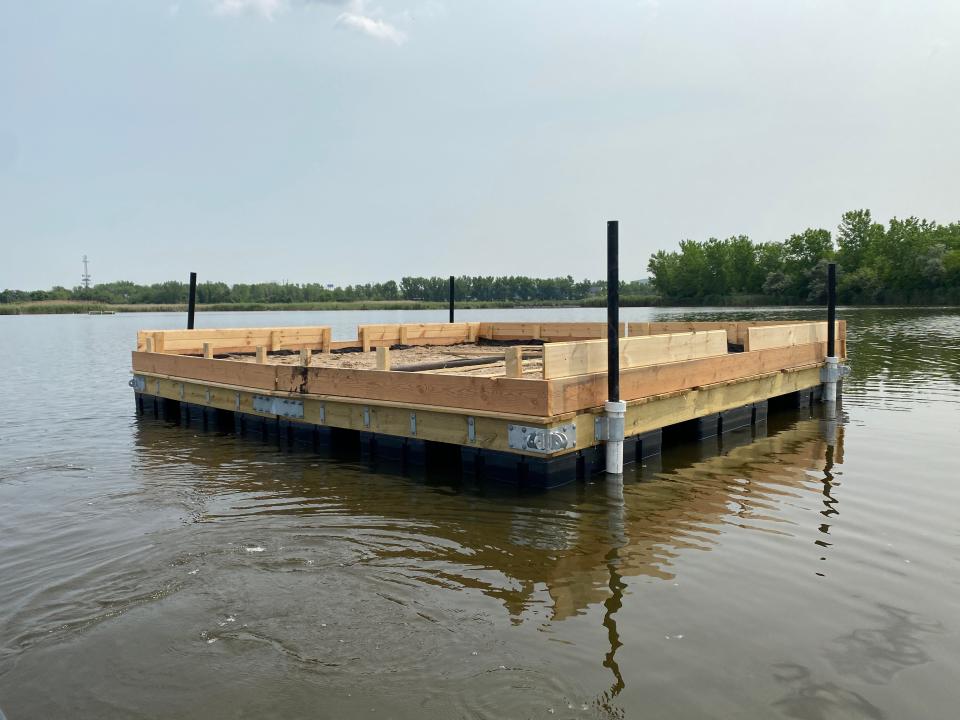
The New Jersey Sports and Exposition Authority is continuing its efforts to protect endangered birds in the Meadowlands through the installation of a man-made coastal habitat, the “least tern island.” Least terns are endangered in New Jersey in part because people crowd their beach habitat, and because of their vulnerability to predators.
The island is in the middle of a freshwater impoundment and is far from potential predators.
Add native plant species to your backyard
Residents can protect the state’s endangered bird population by avoiding the use of pesticides, which can kill birds and the insects they depend on to survive. Residents can also help by planting native plants that attract birds, butterflies and other pollinators, such as goldenrod, purple coneflower, butterfly weed, black-eyed Susan and cardinal flower, as well as native honeysuckles.
“We’re going to reach the point of build-out in New Jersey," said Torino. "Everything that’s built on is built on, everything that’s preserved is preserved. We need to preserve more, but the only thing that’s left is really your backyards your schoolyards, your churches and businesses.
More: This poison is a menace to New Jersey's birds. We have to do better | Opinion
More: New Jersey's turkey vultures are 'tornadoes' of death. They're also amazing.
"If we can get all those people to start using native plants in the landscape instead of non-native and invasive plants, we can have a good, positive effect on wildlife,” he said.
Using native plants helps provide cover for birds from predators and also creates ideal conditions for birds to catch insects. Patches of goldenrod at Overpeck Park in Leonia have helped the purple martin — a bird at risk of becoming endangered in New Jersey — find a space to survive in Bergen County.
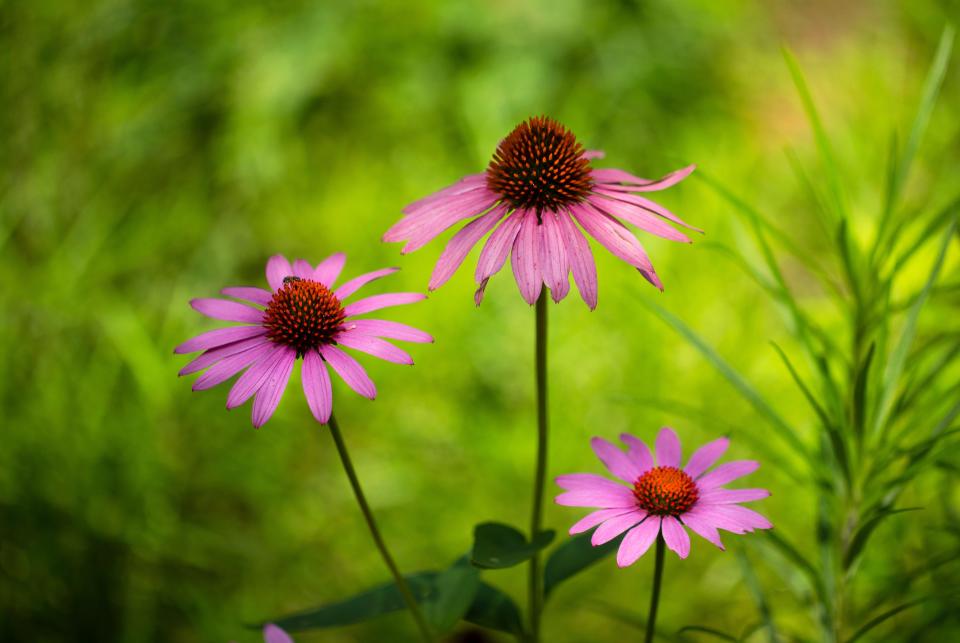
If changes aren’t made to help endangered species, the consequences could be far-reaching — even for humans.
“Less diversity is not a healthy environment for us," Torino said. "We’re not going to survive. If the bugs don’t survive, we’re not far behind.
"If something’s out of balance, there’s something wrong in the environment," he said. "Which means that something’s going to be wrong with us sooner or later.”
This article originally appeared on NorthJersey.com: Why many NJ birds species are endangered or declining

